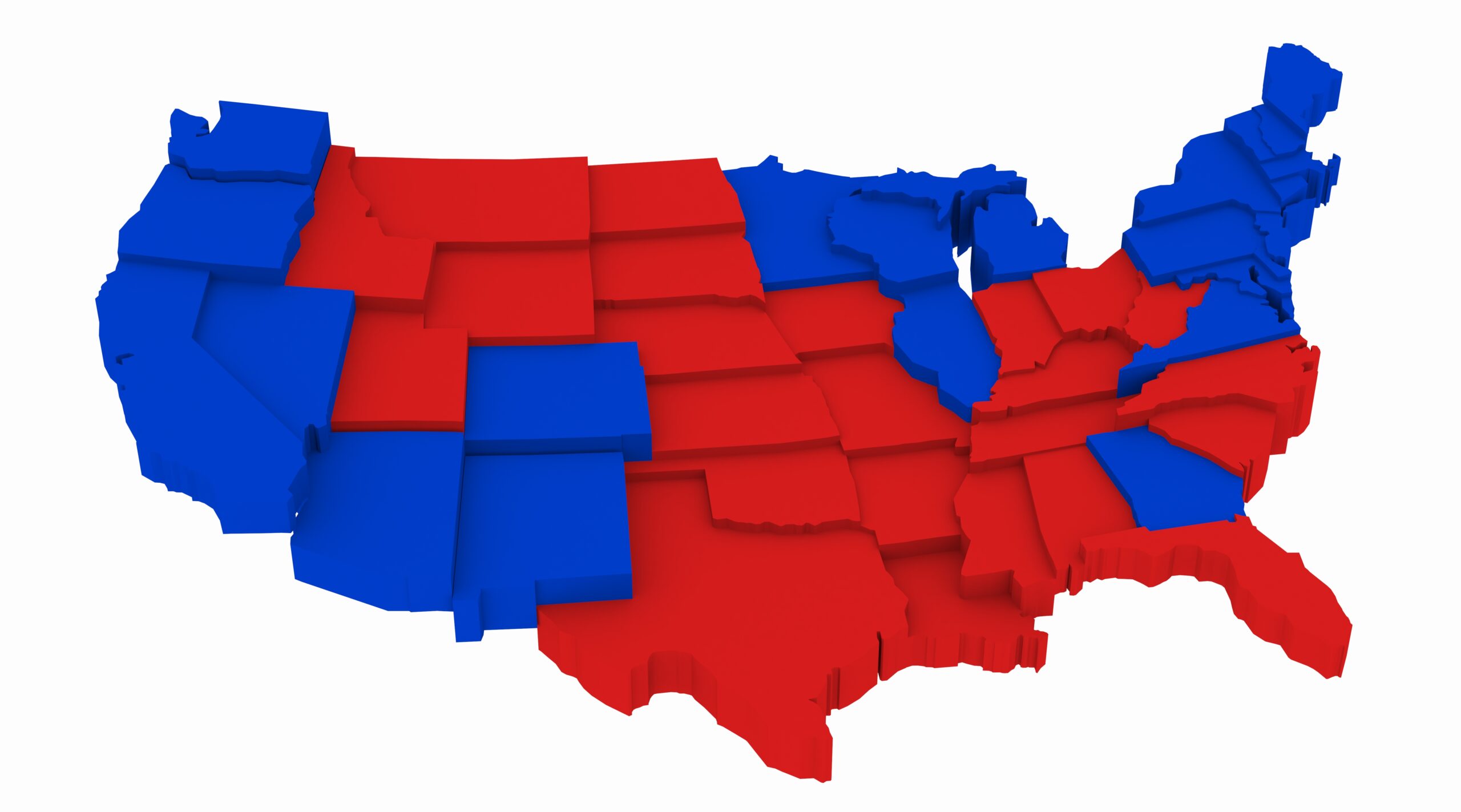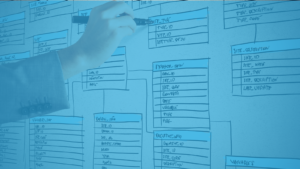If you want to become a data analyst, you need to understand what the differences are between data visualization and data processing. Both skills are used for different parts of the analytics process, but they are related in their goal to help you and others understand data.
As a data analyst, your goal is to make sense of what’s coming into the company or project. What’s coming in is often represented as raw data with no obvious connections or meaning.
Data visualization and processing can help you be a better data analyst.
What Is Data Visualization?

Data visualization is representing data graphically.
What does that mean?
Data analysis is all about knowing how to read complex sets of information. But if you can’t show the story your data is telling you in a compelling way, what use is it? Data visualization is the process of presenting that data or information in a way that allows people to see the story behind the numbers.
For example, you may present your data as a chart, map, or some other kind of graphic.
The visualization of your data allows decisions to be made.
How Can You Use Data Visualization?
You can use data visualization to:
- Showcase patterns
- Point out trends
- Clarify outliers
- Compare data points
- Communicate data
An example of data visualization might look something like a map of the United States on election night where states are colored red, blue, or gray depending on if the states votes have been counted and called.
Data visualization can also look like a flowchart showing the logic of a particular bit of tech code in real English that demonstrates to the developer how the program should work
Go look at Reddit’s r/dataisbeautiful sub if you want to see more examples of data visualization.
What Is Data Processing?
For example, let’s say you’re a marketer and you collect user data for the company you work for. You offer a variety of services and some customers use some of your services, some use all of them, and others only use one or two of them.
You may want to try different marketing messages on different groups of people to see how they respond. But before you can do this, you have to divide up your user data into different groups so you know you’re comparing different messages to similar types of customers.
The act of deciding which users go into which group is an example of data processing.
Data processing can be much more complicated than this when applied to academia, finances, other kinds of demographic work, and beyond, but this is still data processing at its most basic.
Software programs created by data scientists can be used to effectively and efficiently process data. Data can be processed in multiple ways depending on the intended outcome, including organizing, sorting, interpreting, classifying, and calculating. Once data is processed, decisions can be made.
How Can You Use Data Processing?
You can use data processing to:
- Increase storage space
- Validate data results
- Create data reports
- Analyze and interpret data
- Summarize data points
A lot of data processing is done automatically with a language like R or Python.
An everyday example of this is the spell check in your favorite word processor.
When you write text, there’s code going on in the background examining every character of your writing, analyzing it to make sure that the words are spelled correctly, the words make sense grammatically when put together, and that the punctuation is correct.
Starting a Career in Data Analytics
Whether you’re a data enthusiast or brand new to the field, starting a career in data analytics can begin with Devmountain. Our Data Analytics course is designed to teach you about the modern world of data analytics in the technology industry, giving you practical tools and advice for pursuing a career as a data analyst. Learn more about Devmountain’s Data Analytics course.












